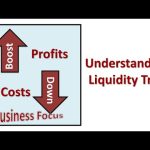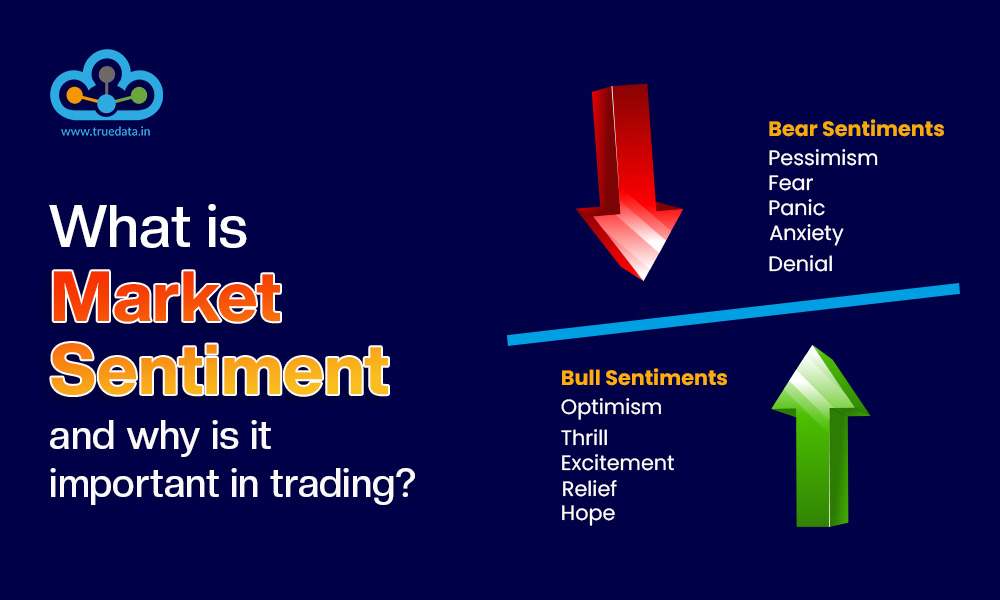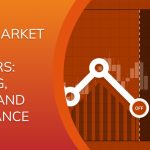
By ATGL
Updated February 23, 2025
Callable bonds, also known as redeemable bonds, represent fixed-income securities that grant issuers the right to repay the principal before the scheduled maturity date. These debt instruments play a significant role in corporate finance and investment strategies, offering flexibility to issuers while presenting distinct considerations for investors.
What Is a Callable Bond?
A callable bond functions as a debt instrument that provides issuers with the option to redeem, or “call,” the bond prior to its maturity date. This early redemption typically occurs at a predetermined price, often referred to as the call price. For instance, a corporation might issue a 20-year callable bond with a 5% coupon rate but retain the right to redeem it after five years if interest rates decrease substantially.
The call provision directly impacts the bond’s yield to maturity and introduces an additional layer of analysis for investors. While standard bonds offer predictable income streams until maturity, callable bonds require investors to consider potential early redemption scenarios and their impact on investment returns.
Comparing Callable vs. Non-Callable Bonds
The primary distinction between callable and non-callable bonds lies in their redemption features. Non-callable bonds, like treasury bonds, maintain fixed payment schedules until maturity, providing you with certainty regarding your investment timeline and returns. These bonds typically offer lower interest rates compared to callable alternatives, reflecting their reduced risk profile.
Callable bonds compensate you for the redemption risk through higher coupon rates. This premium reflects the possibility of early redemption, which could force you to reinvest at lower rates. The bond yield calculations for callable bonds must account for various redemption scenarios, making them more complex than their non-callable counterparts.
How Do Callable Bonds Work?
The mechanics of callable bonds revolve around specific provisions outlined in the bond indenture. These provisions detail the circumstances under which the issuer may exercise the call option, including timing, price, and notification requirements.
Mechanics of Redemption
When an issuer exercises the call option, bondholders receive the call price plus any accrued interest. The call price often exceeds the bond’s face value, creating a “call premium” that partially compensates investors for the lost future interest payments. This premium typically decreases as the bond approaches its maturity date.
The yield-to-call calculation becomes particularly relevant when analyzing callable bonds. This metric helps determine the actual yield if the bond gets called at the earliest possible date, providing a more accurate assessment of potential returns.
Call Options and the Issuer’s Decision
Issuers base their redemption decisions on prevailing market conditions, particularly interest rates. When rates decline significantly below the bond’s coupon rate, issuers often find it advantageous to redeem existing bonds and refinance at lower rates. This decision involves analyzing the cost savings from refinancing against the call premium and other associated expenses.
Call Dates and Redemption Features
Call provisions frequently include protection periods during which the bond cannot be called, providing you with a guaranteed minimum investment period. After this period, the bond becomes callable according to a predetermined schedule. Some bonds feature step-up provisions where the call price decreases over time, reflecting the diminishing value of future interest payments.
Types of Callable Bonds: Understanding Their Differences
Different types of callable bonds offer varying redemption features, each designed to meet specific issuer needs while providing distinct investment opportunities.
Optional Redemption Bonds
Optional redemption bonds grant issuers the most flexibility, allowing them to call bonds at their discretion after the protection period expires. These bonds typically offer the highest yields among callable bonds, compensating investors for the increased uncertainty regarding the investment timeline.
Sinking Fund Redemption Bonds
Sinking fund provisions require issuers to periodically retire a portion of their outstanding bonds according to a predetermined schedule. This mandatory redemption feature helps issuers manage their debt obligations while providing investors with some predictability regarding partial redemptions.
Extraordinary Redemption Bonds
These bonds include provisions for early redemption under specific circumstances, such as regulatory changes or the destruction of assets securing the bonds. While less common than other types, extraordinary redemption bonds protect issuers from unforeseen events that could impact their ability to service the debt.
Advantages and Disadvantages of Investing in Callable Bonds
Callable bonds present you with both opportunities and challenges. The higher yields offered by these securities provide enhanced income potential, particularly in stable or rising rate environments. However, you face reinvestment risk if bonds are called during periods of declining interest rates.
For issuers, callable bonds offer valuable flexibility in managing their debt structure and interest rate exposure. The ability to refinance at lower rates can generate substantial cost savings over time. However, this flexibility comes at the cost of higher coupon payments and potential call premiums.
The complexity of callable bonds necessitates a thorough analysis of various factors:
- Interest rate environment and trends
- Issuer creditworthiness and financial stability
- Call protection periods and schedules
- Reinvestment opportunities in different market scenarios
- Portfolio diversification requirements
Master Bond Investing With Above the Green Line
Understanding callable bonds represents a crucial step in developing advanced fixed-income investment strategies. Above the Green Line’s comprehensive membership programs provide you with the tools and knowledge needed to navigate the complexities of bond markets effectively. Our expert analysis and educational resources help members identify optimal investment opportunities while managing risks associated with callable and other specialized bond instruments.
Frequently Asked Questions About Callable Bonds
Why Would You Buy a Callable Bond?
Callable bonds offer higher yields than non-callable bonds to compensate for reinvestment risk. This elevated return potential attracts investors seeking enhanced fixed-income returns who accept the possibility of early redemption. These securities also serve as effective tools for portfolio diversification and specialized fixed-income strategies.
What Are the Disadvantages of Investing in a Callable Bond?
The main disadvantages include reinvestment risk if called during low interest rate periods, limited price appreciation due to the call price ceiling, and uncertainty about the investment duration. Investors also face more complex yield calculations and potential disruption of anticipated income streams.
What Happens to Callable Bonds When Interest Rates Fall?
During periods of falling interest rates, callable bonds face increased redemption probability as issuers seek to refinance at lower rates. This limits price appreciation and creates reinvestment risk for bondholders. The yield to call becomes a more critical metric than yield to maturity in these scenarios.






